Home>Garden Essentials>How To Grow Carolina Reaper Seeds
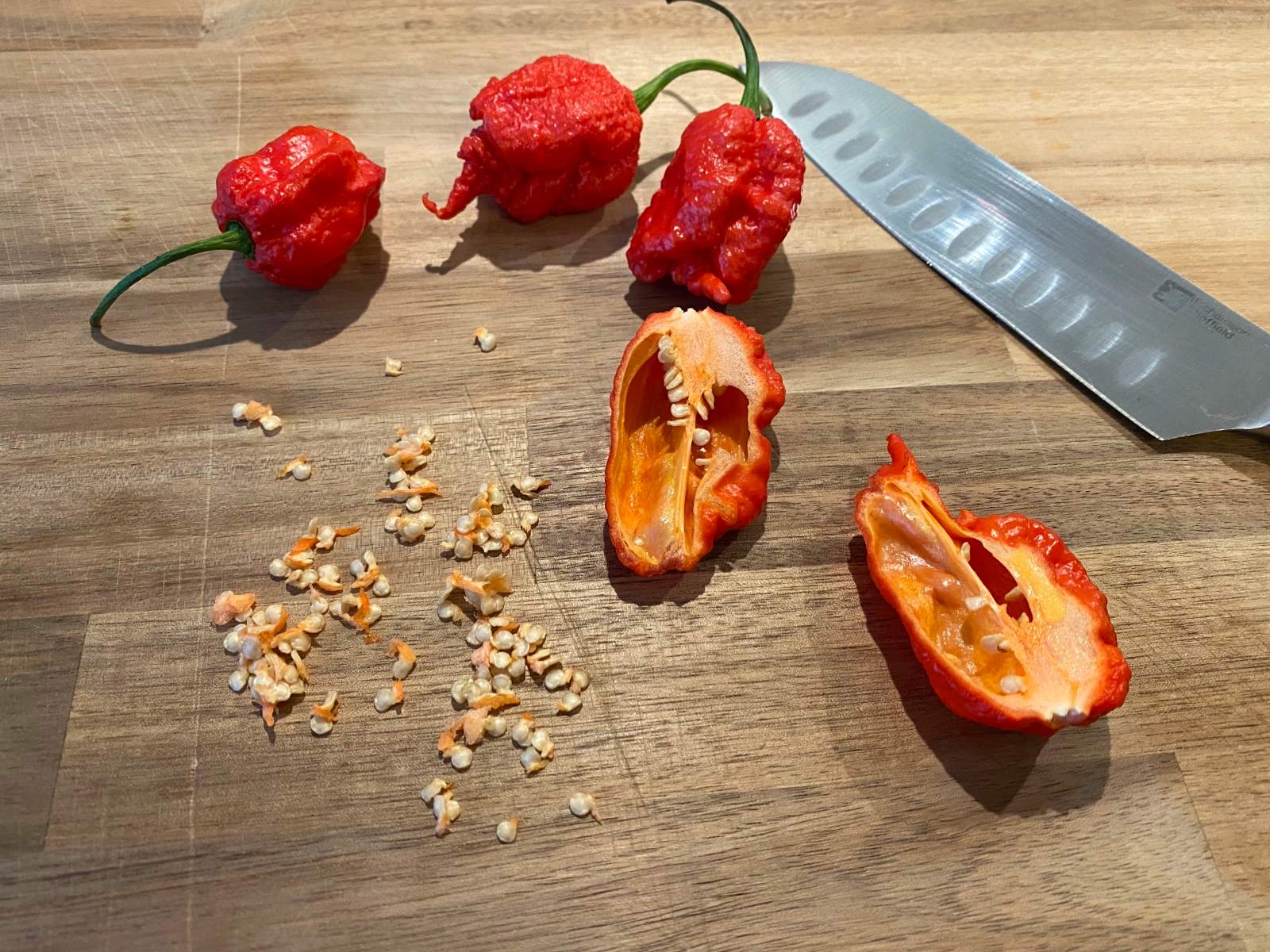

Garden Essentials
How To Grow Carolina Reaper Seeds
Modified: March 16, 2024
Learn how to grow Carolina Reaper seeds in your garden and enjoy the hottest pepper in the world. Discover tips and tricks for successful cultivation.
(Many of the links in this article redirect to a specific reviewed product. Your purchase of these products through affiliate links helps to generate commission for Storables.com, at no extra cost. Learn more)
Introduction
Welcome to the exciting world of growing Carolina Reaper seeds! If you have a passion for gardening and a love for spicy peppers, then you’re in for a treat. The Carolina Reaper, known for its fiery heat and distinctive shape, is one of the hottest peppers in the world. With its strong fruity flavor and scorching heat levels, it has gained a cult following among pepper enthusiasts.
In this article, we will guide you through the process of growing Carolina Reaper seeds from start to finish. We’ll cover everything from selecting the right seeds to harvesting and storing them for future use. So let’s dive in and discover how you can embark on a thrilling journey of cultivating your very own personal heat source.
Before we begin, it’s important to note that growing Carolina Reaper seeds requires patience, care, and attention to detail. While it can be a rewarding experience, it’s also a challenge that requires a basic understanding of gardening principles. In exchange for your efforts, you’ll be rewarded with a bountiful harvest of the world’s hottest peppers.
So, if you’re ready to take on the heat and embark on a spicy adventure, let’s start by understanding Carolina Reaper seeds and how to select the right ones for your garden.
Key Takeaways:
- Growing Carolina Reaper seeds requires patience, care, and attention to detail. Selecting the right seeds, preparing them for planting, and providing proper care are essential for a successful harvest of the world’s hottest peppers.
- Harvesting and storing Carolina Reaper seeds is an exciting part of the journey. Properly drying and storing the seeds allows for future plantings, while sharing the joy of growing these fiery peppers with fellow chili enthusiasts adds to the adventure.
Understanding Carolina Reaper Seeds
Before you dive into planting Carolina Reaper seeds, it’s essential to understand the characteristics and requirements of these unique seeds. Carolina Reaper seeds are known for their exceptional heat and distinct appearance. Developed by Ed Currie of PuckerButt Pepper Company, they were officially recognized as the world’s hottest pepper by the Guinness World Records in 2013.
The Carolina Reaper pepper’s heat level is measured in Scoville Heat Units (SHU), a scale that determines the spiciness of peppers. The average Carolina Reaper pepper has a mind-blowing heat rating of 1.5 million to 2.2 million SHU. To put that into perspective, a jalapeno pepper ranks around 5,000 SHU, making the Carolina Reaper over 200 times spicier!
Aside from their fiery heat, Carolina Reaper seeds have a unique appearance. They have a wrinkled, rough texture that distinguishes them from other pepper seeds. The seeds are small, round, and come in a range of shades, including light brown, dark brown, and black. These seeds may look harmless, but they pack a punch!
When it comes to planting Carolina Reaper seeds, it’s important to note that they have a long germination period. It can take anywhere from 10 to 30 days for the seeds to sprout, so patience is key. Additionally, the Carolina Reaper requires a warm and sunny environment, making it ideal for growing in regions with a long growing season or for indoor cultivation.
Understanding the unique traits and requirements of Carolina Reaper seeds will ensure that you provide them with the optimal growing conditions. Now that you have a grasp of what sets these seeds apart, let’s move on to selecting the right seeds for your garden.
Selecting the Right Seeds for Growing
When it comes to selecting Carolina Reaper seeds for growing, there are a few factors to consider. The first and most important factor is the source of the seeds. It’s crucial to obtain seeds from a reliable and reputable supplier to ensure their authenticity and quality.
Look for trusted seed companies or nurseries that specialize in hot peppers. They should have a track record of providing high-quality seeds that yield healthy and productive plants. Reading customer reviews and seeking recommendations can help you narrow down your options and select a reliable source.
Another consideration when selecting Carolina Reaper seeds is their freshness. Pepper seeds, including Carolina Reapers, have a limited shelf life. As time passes, the viability of the seeds decreases, reducing the chances of successful germination. Therefore, it’s best to choose seeds from the most recent harvest.
When purchasing Carolina Reaper seeds, also pay attention to the seed’s origin. Seeds obtained from a reputable source are more likely to be true to their variety and produce the desired characteristics. Some seed companies even offer organically grown Carolina Reaper seeds, which can be a great option for those who prefer organic gardening practices.
Lastly, consider the quantity of seeds you need. Carolina Reaper seeds are typically sold in packets containing a specific number of seeds. Determine the number of plants you plan to grow and choose a seed packet that provides an adequate amount.
By selecting the right source, fresh seeds, and considering their origin and quantity, you can ensure that you are starting your Carolina Reaper garden with the best possible seeds. Once you have your seeds in hand, it’s time to prepare them for planting.
Preparing the Seeds for Planting
Before you start planting Carolina Reaper seeds, it’s essential to properly prepare them to improve germination rates and give your plants the best chance of success. Follow these steps to prepare your seeds:
- Soaking the Seeds: Start by soaking the Carolina Reaper seeds in lukewarm water for 24 to 48 hours. This will help soften the hard seed coat and promote faster germination.
- Sterilizing the Seeds: To reduce the risk of disease and increase the chances of healthy seedlings, it’s recommended to sterilize the seeds before planting. Prepare a solution by mixing one part bleach with nine parts water. Place the seeds in the solution and let them soak for 5 minutes. Rinse the seeds thoroughly with clean water afterwards.
- Scarification: Carolina Reaper seeds have a tough outer shell that can inhibit germination. To help break this dormancy, you can perform scarification. Gently rub the seeds between two sheets of fine sandpaper or use a nail file to create small scratches on the seed coat. Be careful not to damage the seed too much.
- Warm Stratification: Some gardeners recommend warm stratification, which mimics the natural conditions that seeds would experience in their native environment. Place the scarified seeds in a damp paper towel, fold it, and place it in a sealed plastic bag. Keep the bag in a warm location, ideally around 85°F (29°C), for about a week.
By following these preparation steps, you will help improve the germination rates of your Carolina Reaper seeds. Once you have completed these preparations, it’s time to move on to the exciting part – planting the seeds!
Planting Carolina Reaper Seeds
Now that your Carolina Reaper seeds are properly prepared, it’s time to plant them and kickstart the growth of your pepper plants. Follow these steps to ensure successful planting:
- Choose the Right Container: Select a container that has drainage holes to prevent waterlogged soil. Opt for a pot or tray that is at least 3 inches deep and wide enough to accommodate the root system of the growing plant.
- Use Well-Draining Soil: Carolina Reaper plants prefer well-draining soil with a pH level between 5.8 and 6.5. Use a high-quality potting mix or create a mixture using equal parts of compost, peat moss, and perlite to ensure good drainage.
- Plant the Seeds: Make small indentations in the soil, about 1/4 inch deep. Place one Carolina Reaper seed in each hole and lightly cover it with soil. Space the seeds at least 2 inches apart to provide enough room for growth.
- Provide Adequate Moisture: After planting the seeds, water the container gently to moisten the soil. Avoid overwatering, as excessively wet soil can lead to rotting of the seeds. Maintain a consistently moist environment, checking the soil regularly to ensure it doesn’t dry out.
- Ensure Optimal Temperature and Lighting: Carolina Reaper seeds require warm temperatures for germination. Place the container in a warm location where temperatures range between 80°F and 90°F (27°C and 32°C), such as on a heat mat or near a sunny window. Additionally, provide the seeds with 12-16 hours of light each day using artificial grow lights if necessary.
It’s important to note that germination can take anywhere from 10 to 30 days, so be patient and continue to provide the necessary care and conditions. Once your Carolina Reaper seeds have successfully germinated and developed into seedlings, it’s time to focus on caring for and maintaining their growth.
Plant Carolina Reaper seeds in well-draining soil, keep them warm and moist, and provide plenty of sunlight. Once they sprout, continue to water regularly and fertilize every few weeks for healthy growth.
Read more: How To Store Carolina Reaper Peppers
Providing Proper Care and Maintenance
Once your Carolina Reaper seeds have sprouted and transformed into seedlings, it’s crucial to provide them with the right care and maintenance to ensure healthy growth and abundant pepper production. Here are some important steps to follow:
- Watering: Carolina Reaper plants require regular watering. Keep the soil evenly moist, but avoid overwatering, as it can lead to root rot. Water the plants thoroughly whenever the top inch of soil feels dry, allowing any excess water to drain away.
- Fertilizing: Feed your Carolina Reaper plants with a balanced fertilizer that is rich in essential nutrients. Start fertilizing when the plants have established a few sets of leaves and continue every two to three weeks throughout the growing season. Follow the instructions on the fertilizer package for proper dosage.
- Providing Ample Sunlight: Carolina Reaper plants thrive in full sunlight, so ensure they receive at least six to eight hours of direct sunlight each day. If growing indoors, place them near a south-facing window or use grow lights to provide adequate light intensity.
- Supporting the Plants: As the Carolina Reaper plants grow, they may need support to prevent branches from breaking under the weight of the peppers. Use stakes or cages to provide support and gently tie the branches to maintain an upright position.
- Pruning: Regular pruning helps to maintain the shape and health of the plants. Remove any dead or diseased leaves, as well as any suckers that emerge from the plant’s base. Pruning also encourages proper air circulation and increases pepper production.
- Managing Weeds: Keep the area around your Carolina Reaper plants free from weeds. Weeds can compete with the plants for nutrients and water, hampering their growth. Regularly remove any weeds that appear near the plants.
By following these care and maintenance practices, you’ll provide your Carolina Reaper plants with the optimal conditions for growth and ensure a healthy yield of fiery peppers. However, just like any plant, Carolina Reaper plants are susceptible to pests and diseases that can affect their overall health.
Managing Pests and Diseases
While growing Carolina Reaper plants can be exciting, it’s important to be vigilant in managing pests and diseases that can potentially harm your plants. Here are some common pests and diseases to look out for, along with strategies to manage them:
- Aphids: Aphids are small, sap-sucking insects that can infest your Carolina Reaper plants. To control them, spray a solution of water and neem oil or insecticidal soap on the affected plants. You can also introduce ladybugs or lacewings, natural predators of aphids, to help keep their population in check.
- Spider Mites: Spider mites are tiny arachnids that feed on the leaves of pepper plants, causing yellowing and stippling. Regularly spray the plants with water to discourage spider mites, and consider using insecticidal soap or neem oil if the infestation persists.
- Fungal Diseases: Carolina Reaper plants are prone to fungal diseases such as powdery mildew and root rot. To prevent these issues, avoid overwatering and ensure proper air circulation around the plants. If fungal diseases occur, apply a fungicide recommended for use on peppers, following the instructions on the product’s label.
- Bacterial Diseases: Bacterial diseases like bacterial leaf spot can affect Carolina Reaper plants. To prevent bacterial infections, practice good sanitation by removing and properly disposing of any infected plant material. Avoid overhead watering, as this can facilitate the spread of bacteria. Copper-based fungicides may also help control bacterial diseases.
- Pepper Weevils: Pepper weevils are destructive pests that can cause significant damage to pepper plants. Inspect your plants regularly for signs of weevils, such as small holes in the fruits or leaves. If detected, remove and destroy any infested plants and use floating row covers to prevent weevils from reaching your plants.
Regularly monitoring your Carolina Reaper plants and taking immediate action at the first sign of pests or diseases will help maintain their health and productivity. Remember to implement organic and chemical control methods responsibly and always follow the instructions on the product labels.
Harvesting Carolina Reaper Peppers
The time has finally come to reap the rewards of your hard work and harvest the fiery fruits of your labor – the Carolina Reaper peppers! Harvesting at the right time will ensure that you enjoy the maximum flavor and heat from your peppers. Here are some guidelines to follow when harvesting Carolina Reaper peppers:
- Look for Mature Peppers: Carolina Reaper peppers go through various stages of maturity. Wait until the peppers have developed their characteristic deep red color, as this indicates full maturity. The peppers should be firm, smooth, and plump.
- Check the Heat Level: Harvesting Carolina Reaper peppers at their peak heat requires some experimentation. Generally, the heat level increases as the peppers mature and change color from green to red. However, if you prefer a milder flavor, you can harvest the peppers when they are still partially green.
- Use Protective Gear: Carolina Reaper peppers are extremely hot and can cause skin and eye irritation. Before harvesting, put on gloves, and consider wearing protective eyewear to prevent accidental contact with the pepper’s oils. Be cautious and avoid touching your face during the process.
- Use Pruning Shears or Scissors: To harvest the peppers, use clean pruning shears or sharp scissors. Cut the stems of the peppers about half an inch above the calyx (the green leafy part) to avoid damaging the plant. Leave a small portion of the stem attached to the pepper for better storage and presentation.
- Handle with Care: After harvesting, place the peppers gently in a basket or container, being careful not to bruise or crush them. Treat them delicately to preserve their shape and quality.
Once you’ve harvested your Carolina Reaper peppers, you can enjoy them fresh or use them in various culinary creations. Remember to always exercise caution when handling and consuming these intensely spicy peppers. Wash your hands thoroughly with soap and avoid touching your face or eyes after handling them.
If there are any unripe peppers remaining on the plant, you can leave them to continue ripening on the vine. With proper care and regular harvesting, your Carolina Reaper plants can continue to produce peppers throughout the growing season, allowing you to enjoy their fiery goodness for an extended period.
Storing and Using Carolina Reaper Seeds
Now that you have harvested your Carolina Reaper peppers, it’s time to save the seeds for future planting. Properly storing your Carolina Reaper seeds will maintain their viability and allow you to grow more plants in the coming seasons. Here’s how to store and use Carolina Reaper seeds:
- Drying the Seeds: After harvesting the peppers, carefully cut them open and remove the seeds. Place the seeds on a paper towel or a clean, dry surface and let them air dry for about two weeks. Make sure to spread the seeds out, allowing them to dry individually.
- Storing in airtight containers: Once the Carolina Reaper seeds are completely dry, transfer them into airtight containers such as small glass jars or zip-lock bags. It’s important to keep the seeds in a cool, dry, and dark place to maintain their viability. Consider using desiccant packets or placing a silica gel packet inside the container to help absorb any moisture that may lead to seed deterioration.
- Labeling and Date: Don’t forget to label the containers with the seed variety and the date of storage. This will help you keep track of the seed’s age and ensure you use the freshest seeds for planting.
- Using the Saved Seeds: When the next planting season arrives, you can use the saved Carolina Reaper seeds for sowing. Since pepper seeds have a limited shelf life, it’s best to use them within two to three years for optimal germination rates.
- Testing Seed Viability: If you’re unsure about the viability of your saved Carolina Reaper seeds, you can perform a germination test before planting. Place a few seeds on a damp paper towel, seal them in a plastic bag, and keep them in a warm location. After about two weeks, check how many seeds have successfully germinated. This will give you an idea of how many viable seeds you have for planting.
- Sharing and Trading: Carolina Reaper seeds are highly sought after by chili enthusiasts. Consider sharing or trading your excess seeds with fellow gardeners to spread the joy of growing these fiery peppers.
Remember, growing Carolina Reaper peppers from your saved seeds may yield variations in heat level and flavor. This is due to natural genetic variations and cross-pollination between different pepper varieties. Embrace the uniqueness of your homegrown peppers and enjoy the thrill of cultivating your own spice!
By properly storing and using your Carolina Reaper seeds, you can continue to grow these fiery peppers for years to come, ensuring your supply of heat and flavor whenever you desire.
Read more: What Grass Grows Best In South Carolina
Conclusion
Congratulations on completing your journey of growing Carolina Reaper seeds! By now, you have gained a deeper understanding of these incredible peppers, from selecting the right seeds to harvesting and storing them for future use. Your dedication and care have allowed you to experience the thrill of cultivating one of the world’s hottest peppers in your own garden.
Throughout the process, you’ve learned that growing Carolina Reaper seeds requires patience, attention to detail, and a willingness to provide optimal growing conditions. From preparing the seeds and planting them to providing proper care and managing pests and diseases, you’ve been an attentive and skilled gardener.
Harvesting the vibrant red peppers and saving the seeds for future plantings have not only rewarded you with a fiery flavor in your culinary endeavors but also offered opportunities for sharing and trading your excess seeds with fellow chili enthusiasts.
As you continue your gardening journey, don’t hesitate to experiment with different growing techniques, explore new pepper varieties, and continue honing your skills. The world of pepper cultivation is vast, and there is always something new to learn and discover.
Remember to savor the fruits of your labor, but also exercise caution when handling and consuming Carolina Reaper peppers. They are known for their extreme heat, so use them sparingly and with respect for their fiery nature.
Now, armed with the knowledge and experience gained from growing Carolina Reaper seeds, you can embark on future gardening projects with confidence and expertise. Whether it’s exploring other hot pepper varieties or expanding your gardening horizons to different plants, the skills and passion you’ve developed will serve you well.
So, get ready to dive into the world of gardening and continue nurturing your green thumb. Enjoy the flavors, scents, and beauty that nature has to offer, and keep nurturing your love for gardening along the way. Happy growing!
Frequently Asked Questions about How To Grow Carolina Reaper Seeds
Was this page helpful?
At Storables.com, we guarantee accurate and reliable information. Our content, validated by Expert Board Contributors, is crafted following stringent Editorial Policies. We're committed to providing you with well-researched, expert-backed insights for all your informational needs.
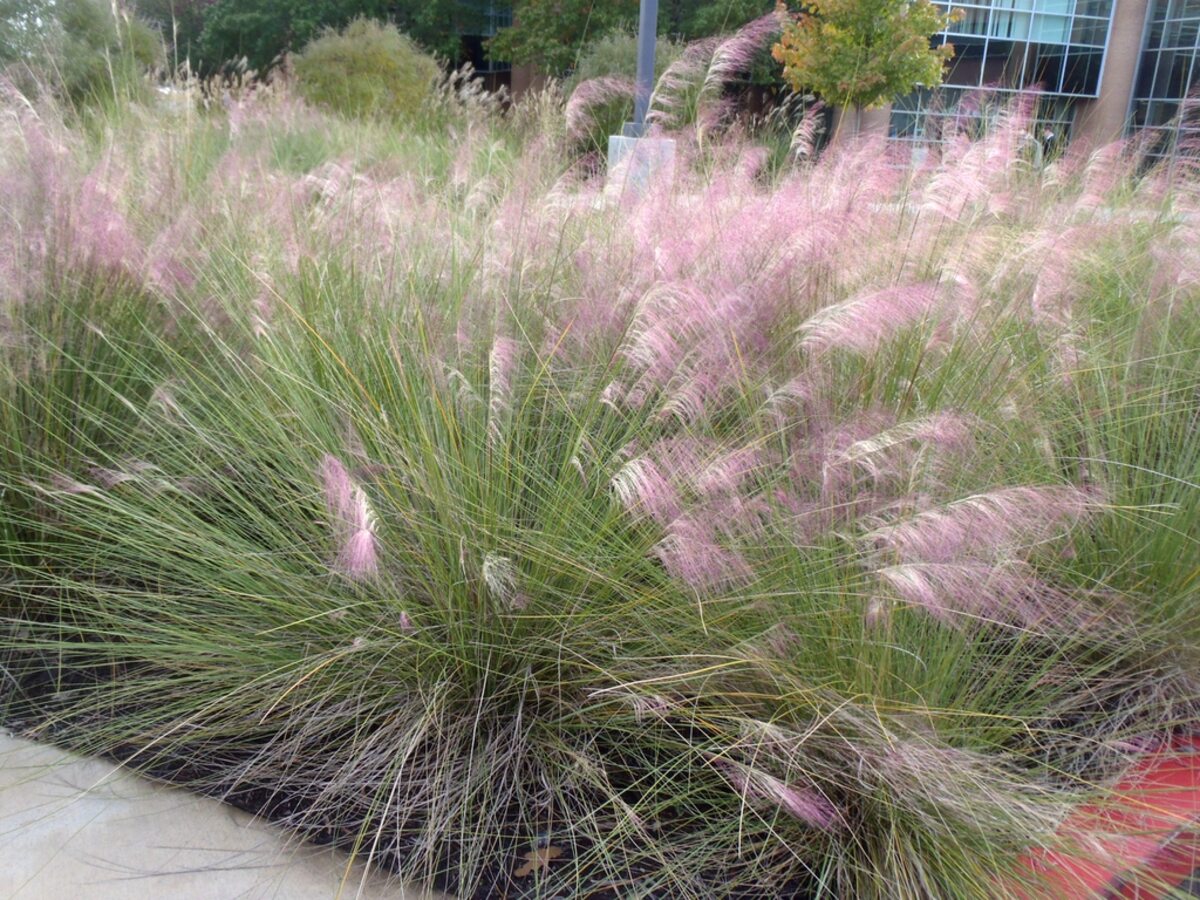


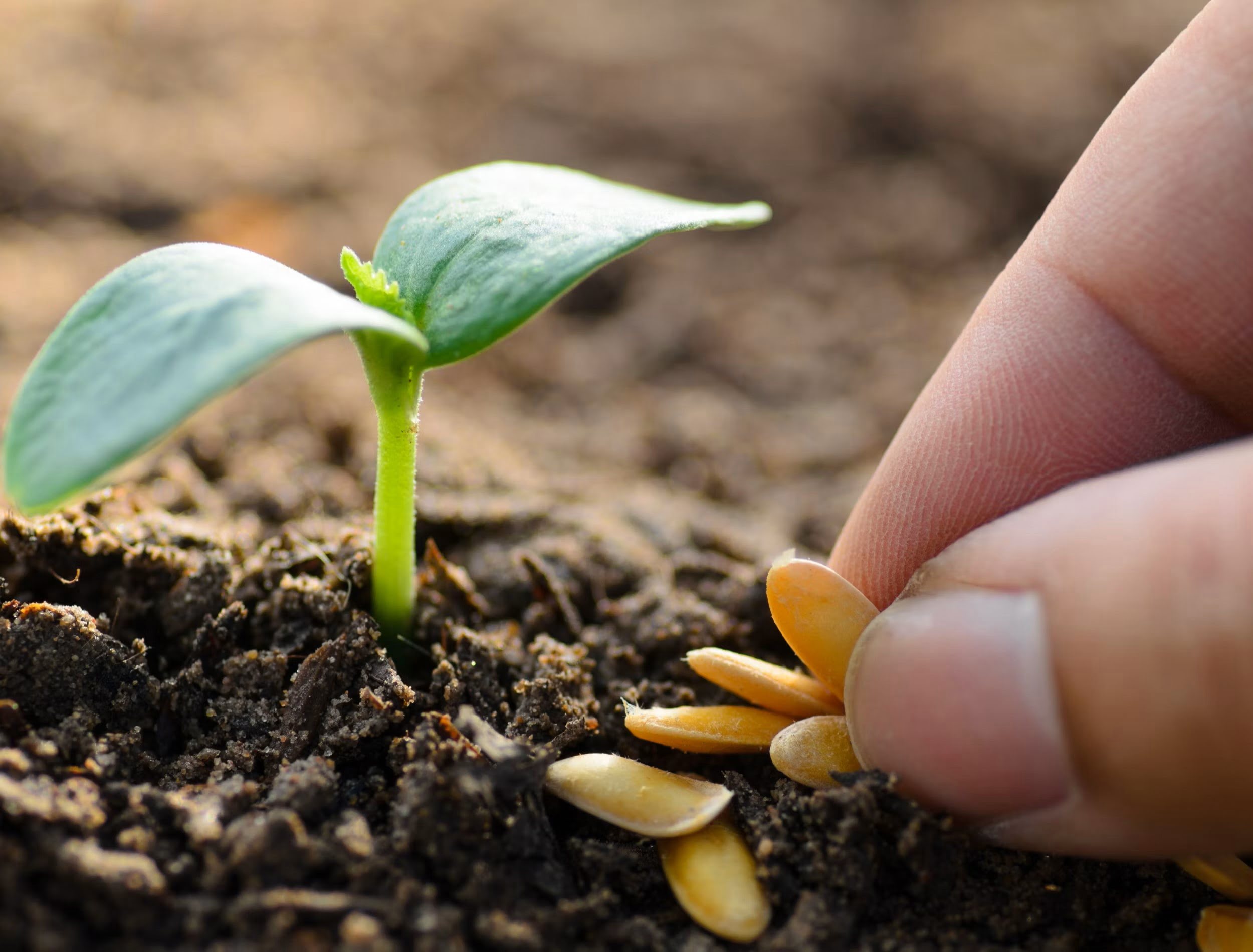
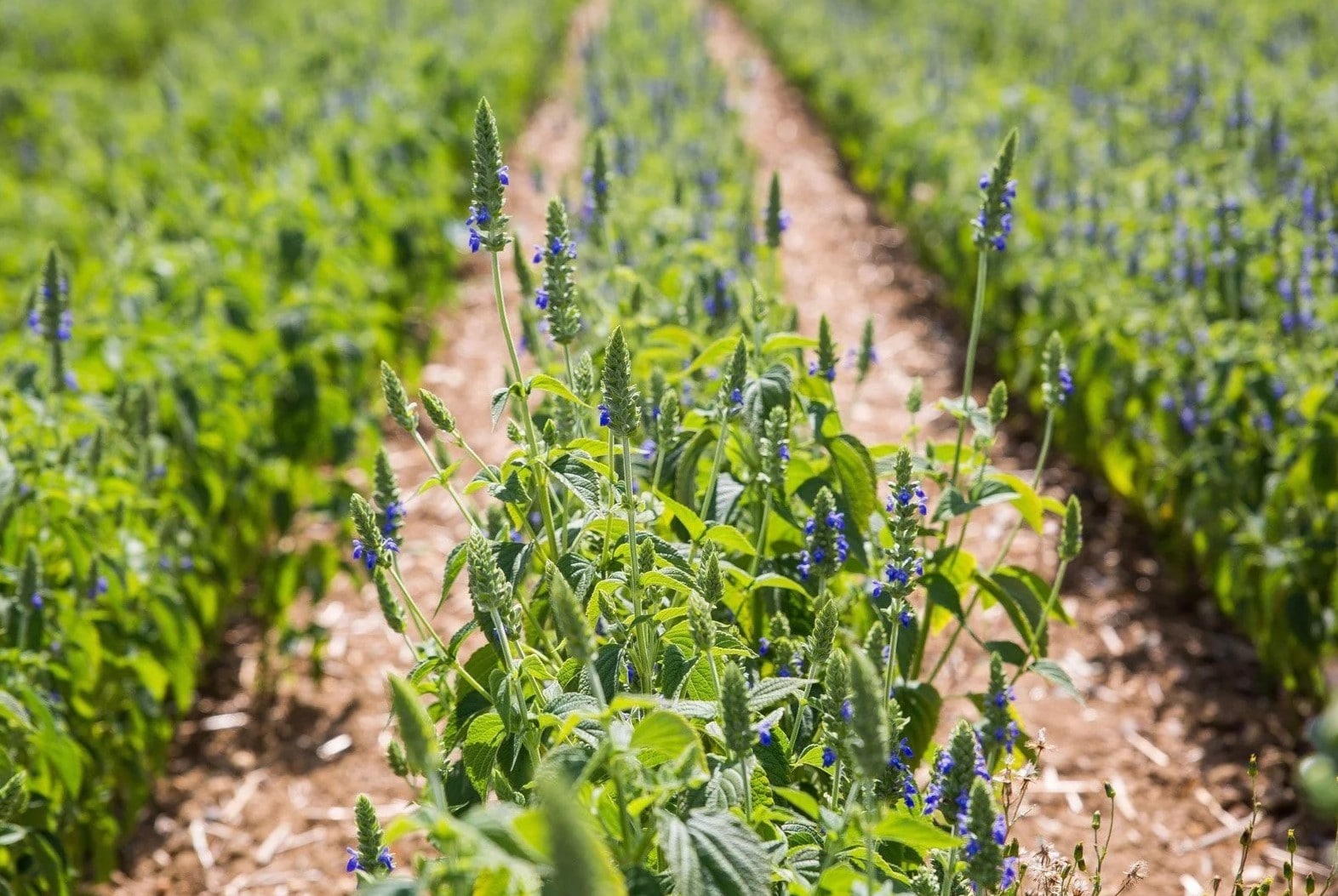

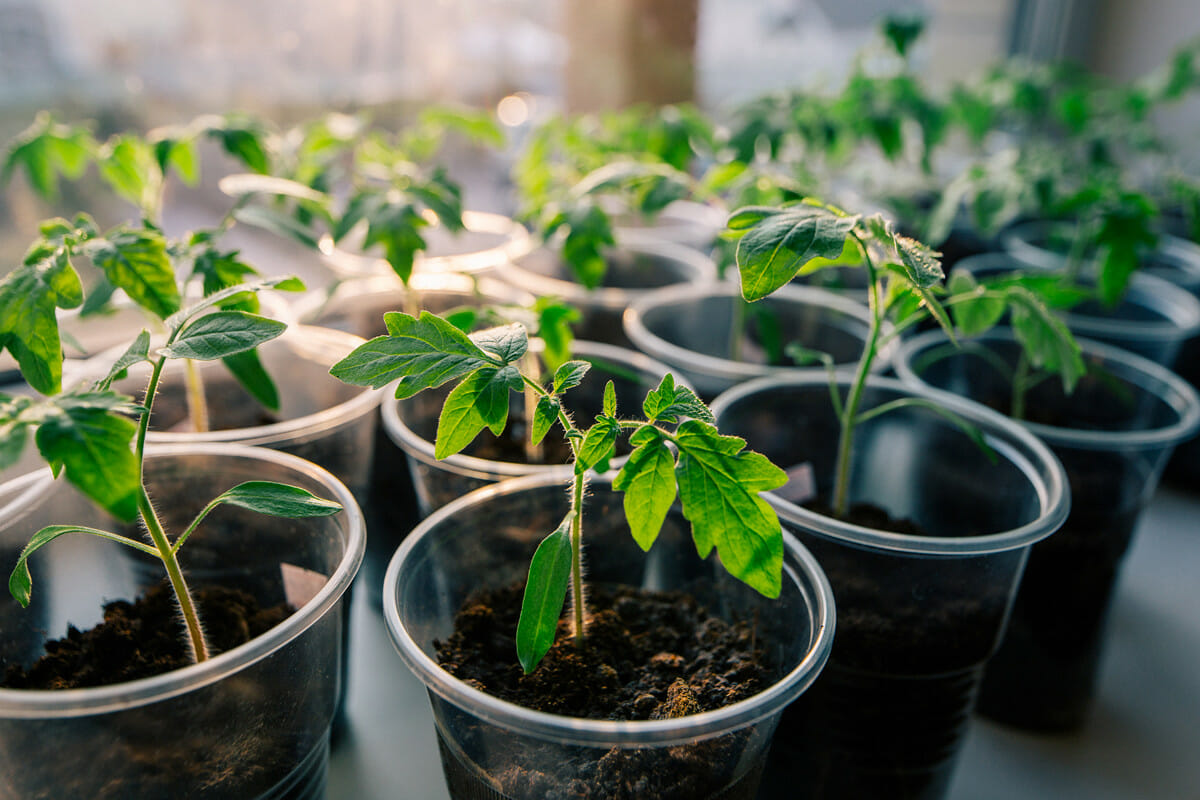
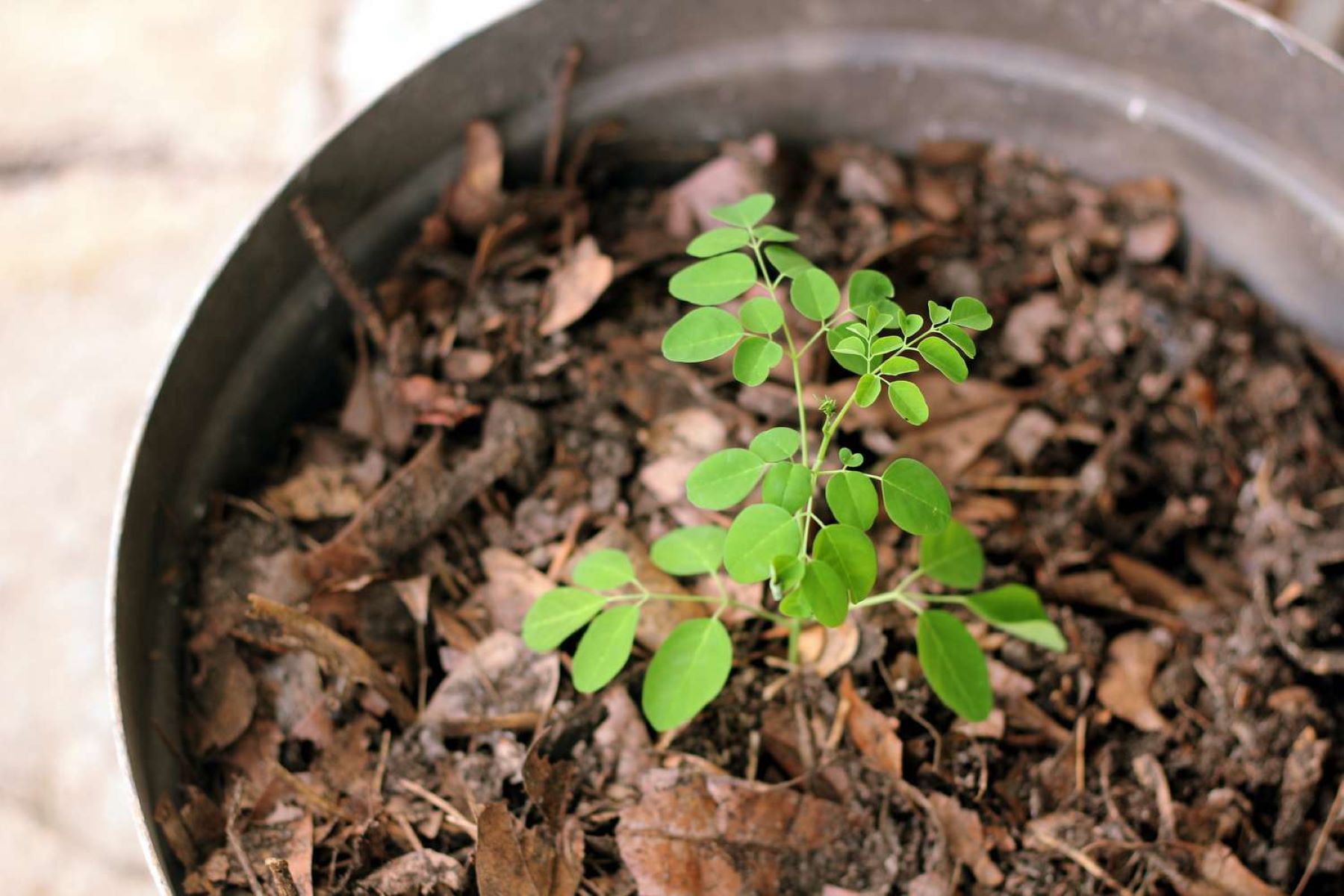
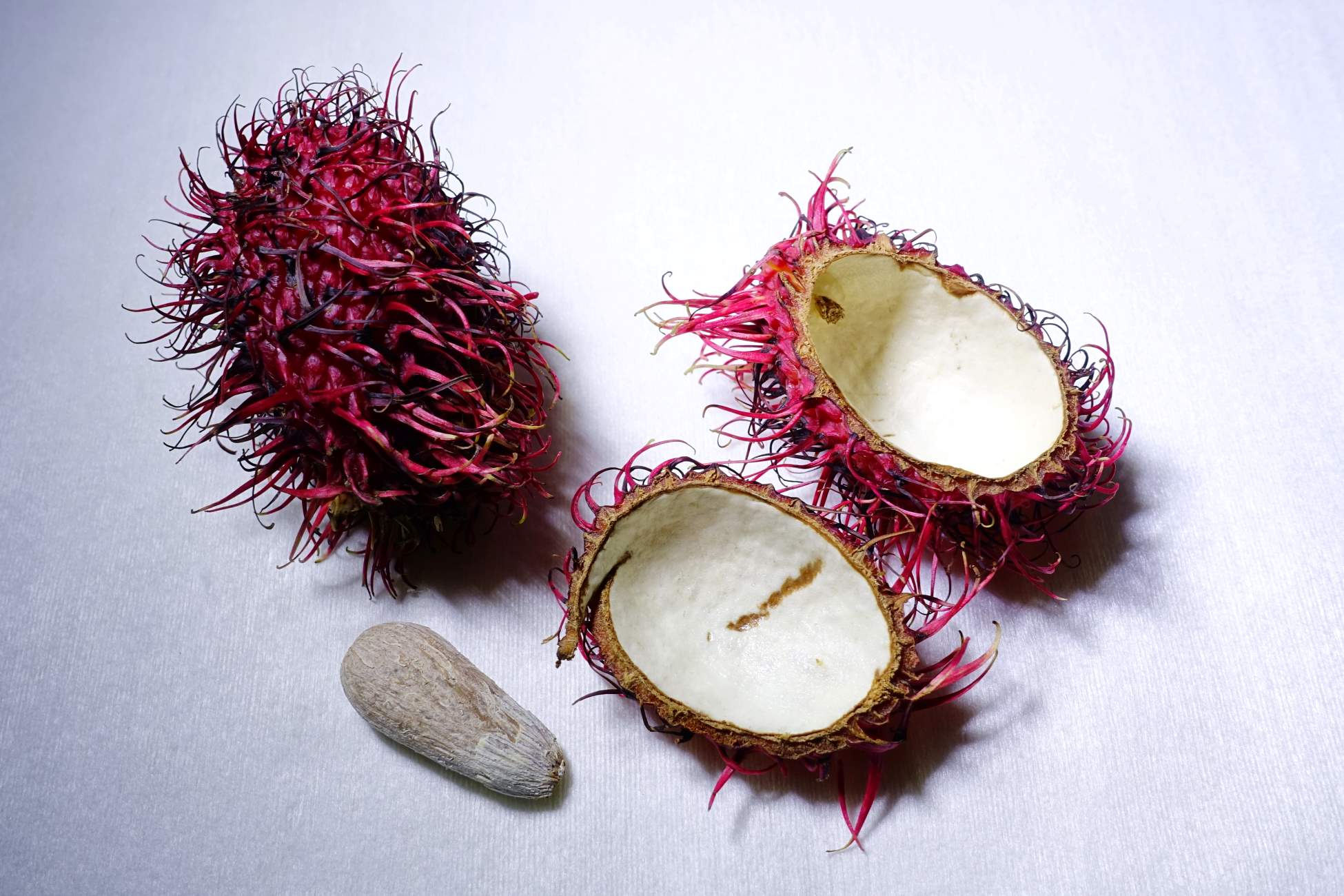
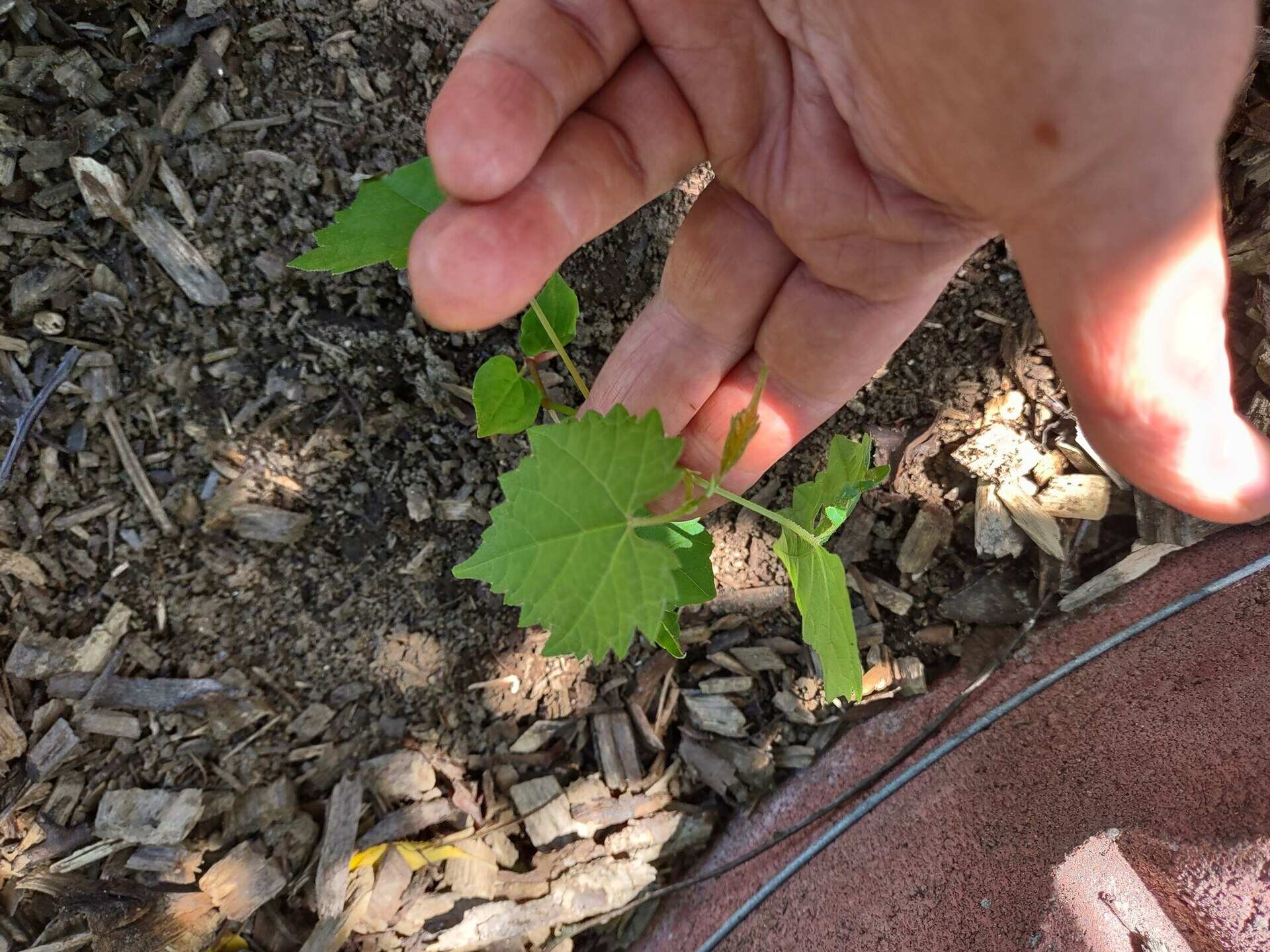
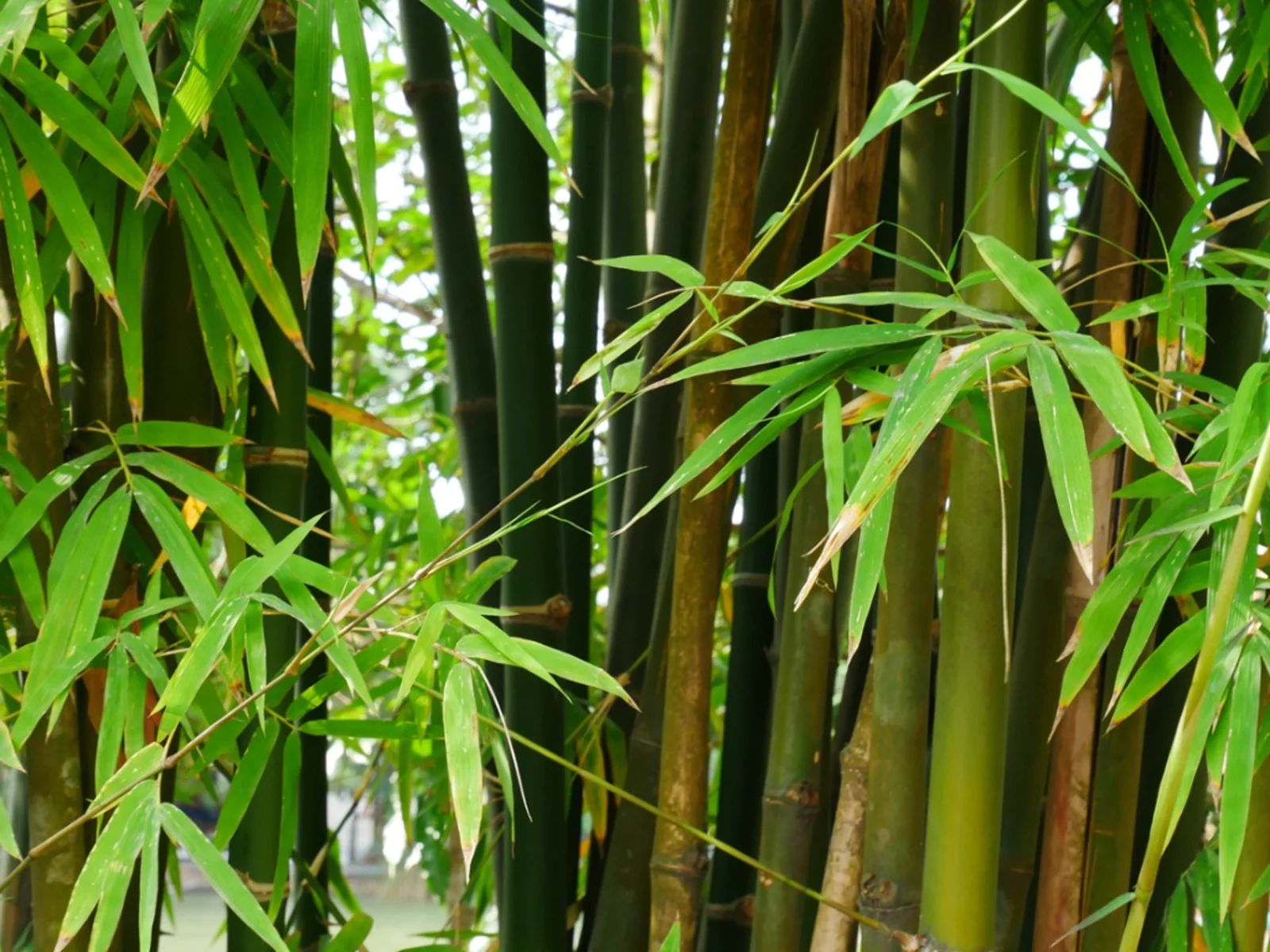
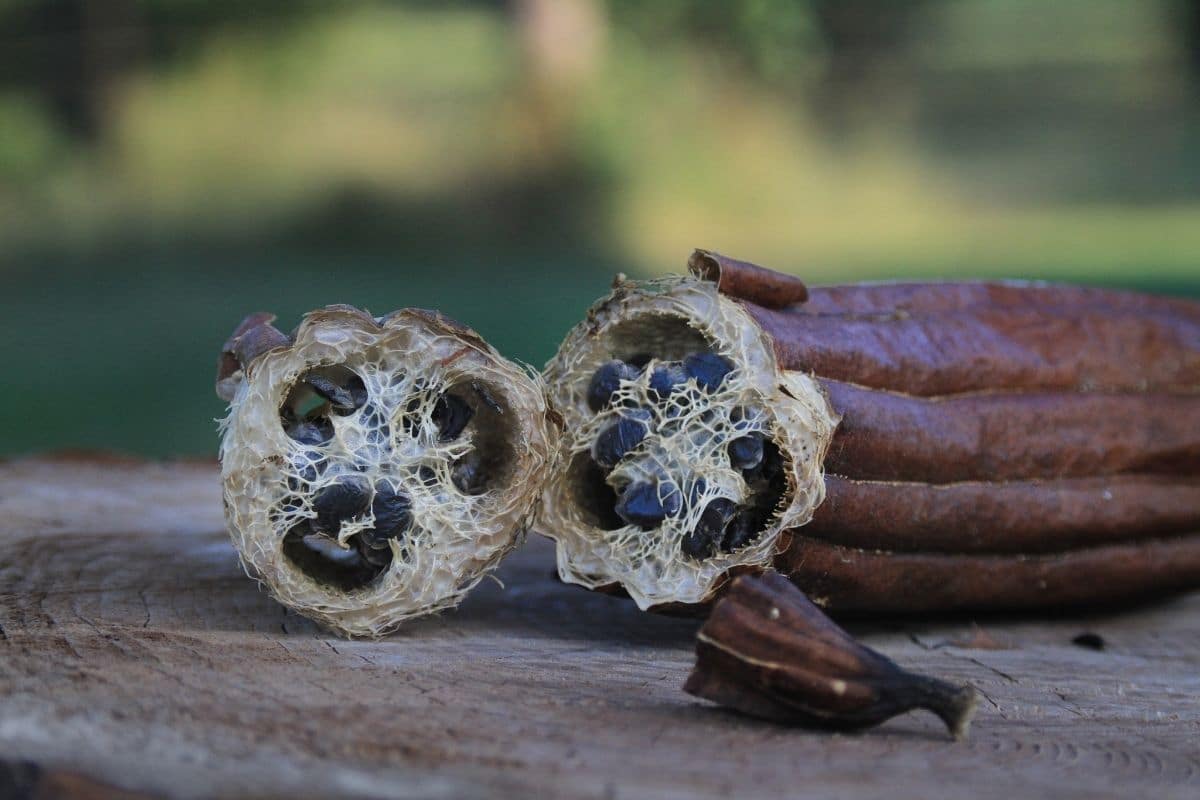
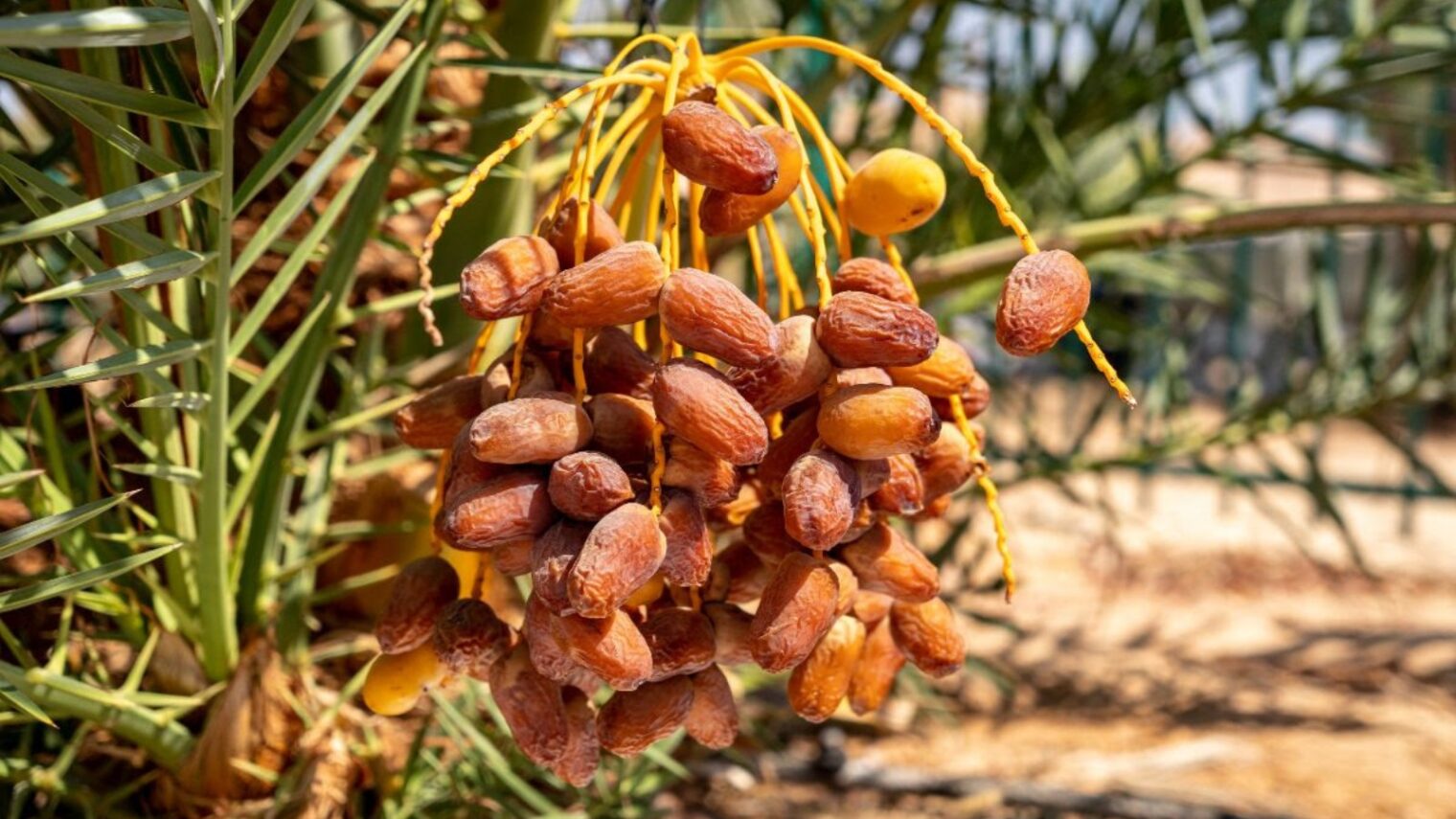

0 thoughts on “How To Grow Carolina Reaper Seeds”